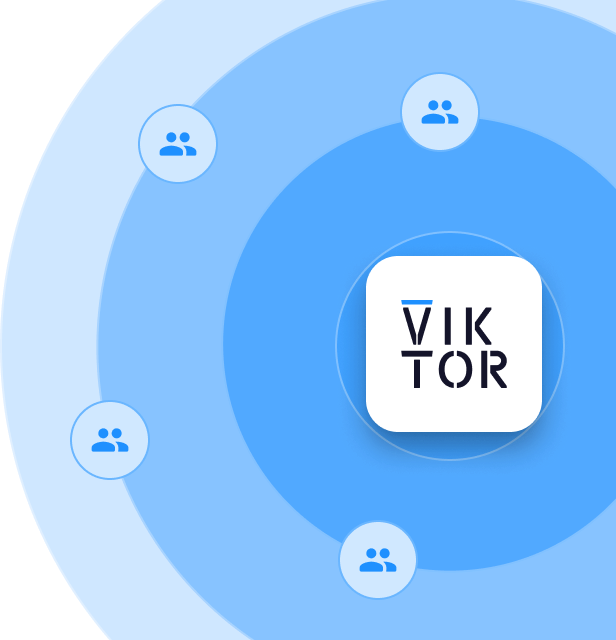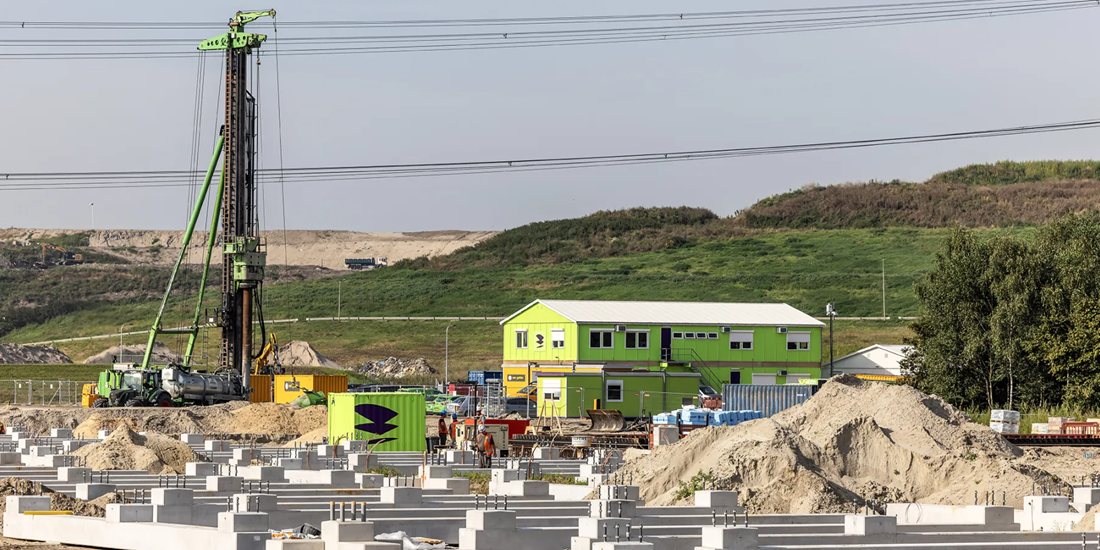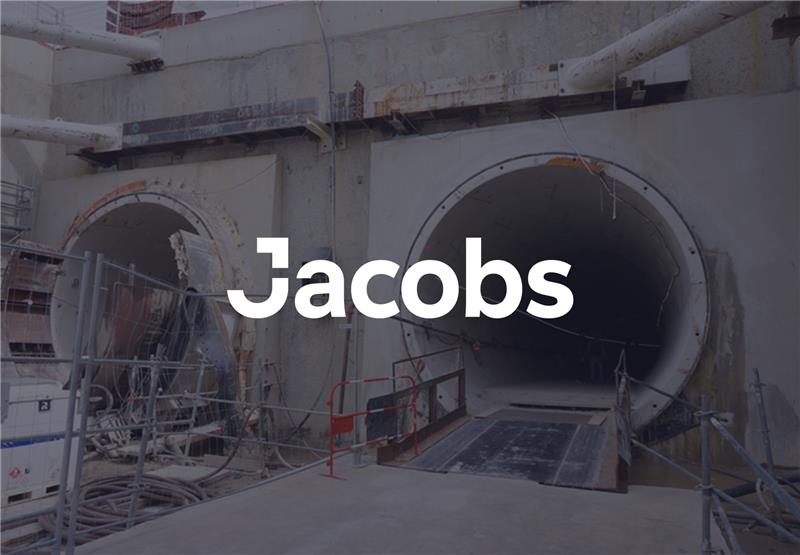
Loading...
Challenges of complex tunnel design
As a tunnel engineer with leading science-based consultancy and advisory company, Jacobs, Mitchell focuses on complex tunnel design and analysis, including the creation of 3D and 2D tunnel models. While he finds the work is rewarding, he notes “the processes involved are often time-consuming and repetitive.”
One such a process is validating the compliance of concrete linings in 3D tunnel models, particularly for complex shapes that cannot be analyzed using traditional 2D models. This includes areas like junctions, large caverns and unique structures where tunnel-boring machine (TBM) concrete segments interact in specific ways.
When asked about the most common challenges in complex tunnel design, Mitchell highlights three processes ideal for automation:
- Validating individual concrete thicknesses sequentially, one after another.
- Accounting for overlapping reinforcements and varying bar placements.
- Intuitively visualizing localized stress points and structural behavior.
Automating tunnel design with a web app
These challenges motivated Mitchell to develop his own Python-based web app on the VIKTOR platform. The app automates key steps in tunnel design, transforming a labor-intensive process into a streamlined workflow.
By integrating necessary software programs – Strand7 and SAP2000 – the application enables engineers to:
- Import geometry and structural actions into the app
- Include torsional effects by using Wood Armer theory
- Visualise the reinforcement demand in 3D in real time
- Pre-define desired reinforcement patterns
- Automate and optimize reinforcement placement based the predefined patterns
- Generate detailed visualizations and reports for quality assurance.
“I wanted to make my job and my colleagues’ jobs easier while demonstrating the power of coding,” Mitchell explains. By using the application, engineers save time on repetitive tasks, allowing them to focus on more detailed analysis and other critical aspects of their projects.”
Efficiency and innovation
So far, the application has been used on two major projects: the creation of tunnel system in the Middle East and a desalination plant tunnel in Western Australia.
Not only did the application help engineers save weeks of time, but it also enhanced project efficiency by automating optimization and visualization. This empowered teams to:
- Quickly identify areas of the tunnel requiring additional reinforcement.
- Detect and correct modelling errors.
- Generate comprehensive validation reports.
- Reduce errors through robust quality assurance workflows.
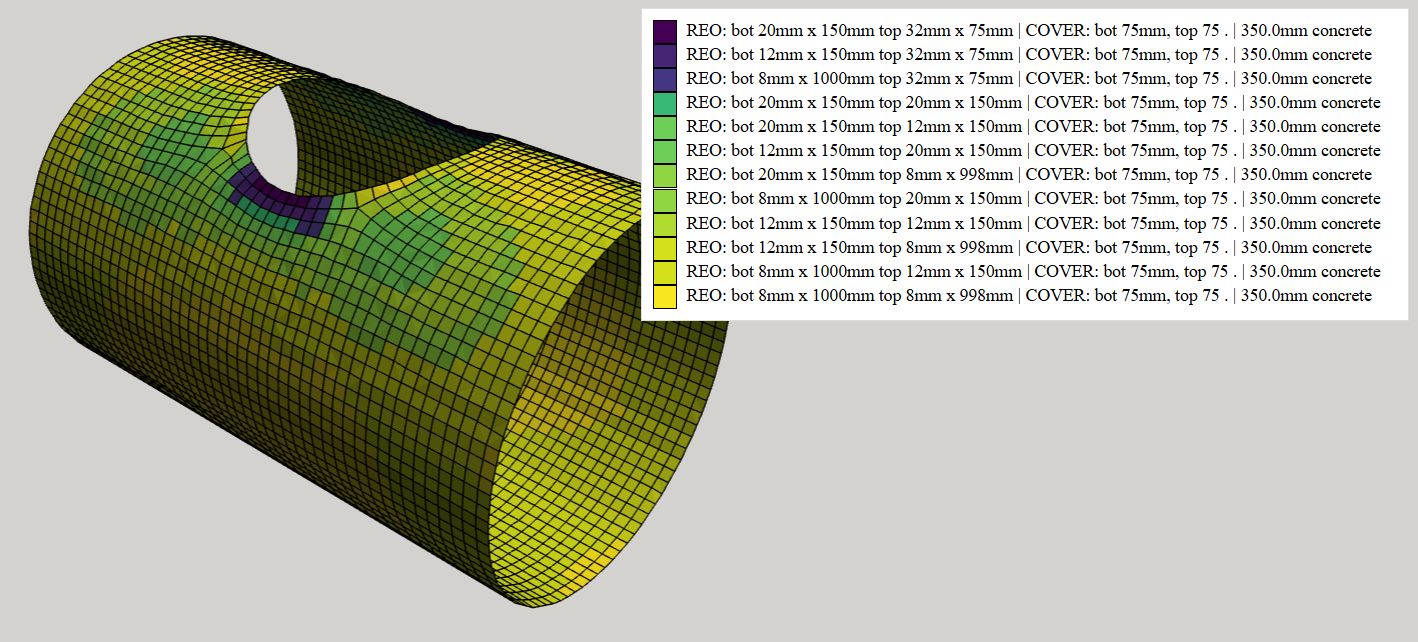
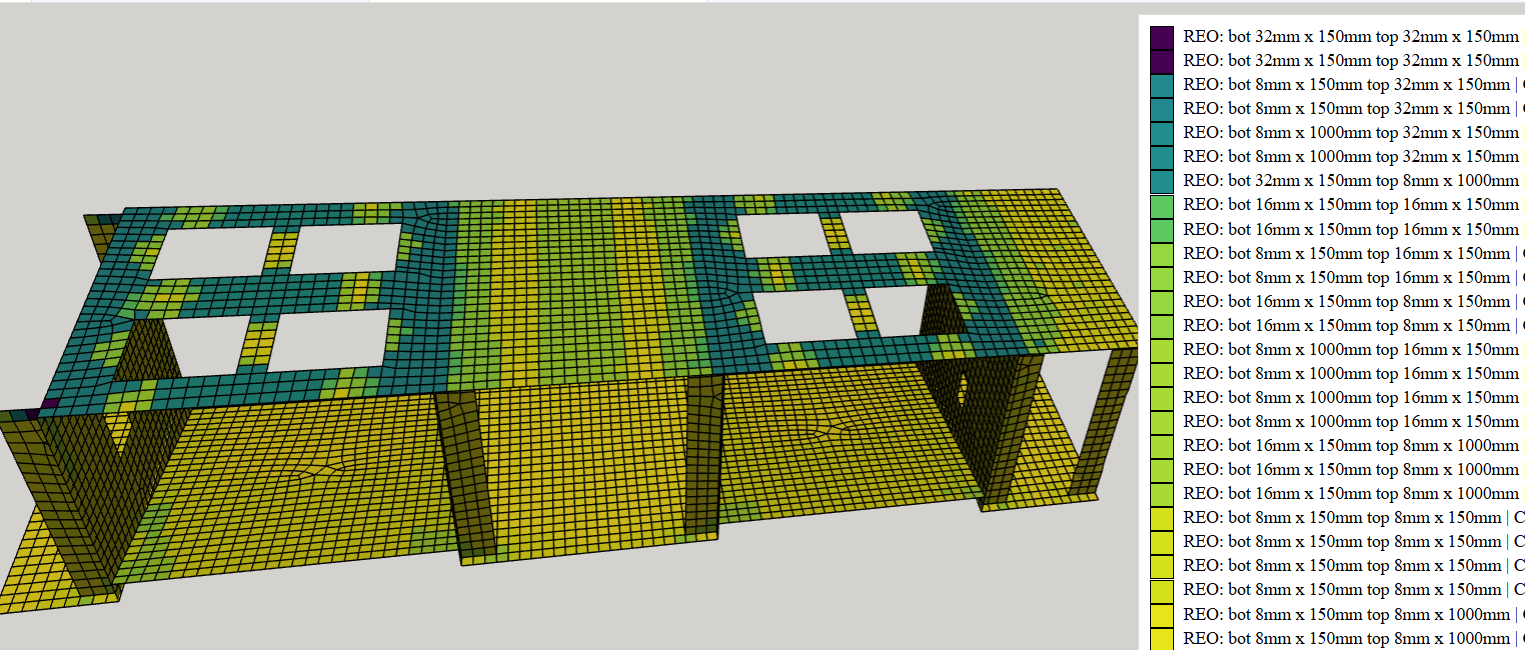
By integrating the geometry, users can also immediately determine if the model behaves as expected. If it doesn’t, this indicates that the original FEM model needs to be revisited – something designers might otherwise only realise after hours of analysis.
It’s rewarding to see colleagues recognize how investing in automation can enhance our engineering processes.

Mitchell MacMahon
Jacobs Tunnel Engineer
Lego blocks
Mitchell built his automation application on the VIKTOR platform, quickly creating a user-friendly interface using the Visual Builder. By following this modular approach, he connected his existing files with code to the backend “like Lego blocks”.
The power of digital transformation
For Mitchell, developing this application has been a great success both professionally and personally. “The app demonstrates how automation can reduce time-consuming tasks, increase accuracy, and inspire teams to think creatively about workflow improvements,” he says.
What’s next?
If you recognize these challenges, don’t hesitate to get in touch. We can help you analyze your processes and identify automation opportunities to support your digitization goals.
